Labrador Husky
The Labrador Husky, often mistaken as a cross between the Siberian Husky and lab, is in actuality a purebred dog developed at the beginning of the 14th century. These large dogs with a gentle demeanor and muscular, sturdy built are characterized by a broad head, long and narrow muzzle, wide chest, small eyes, long, narrow nose, and a curled tail.
Labrador Husky Pictures


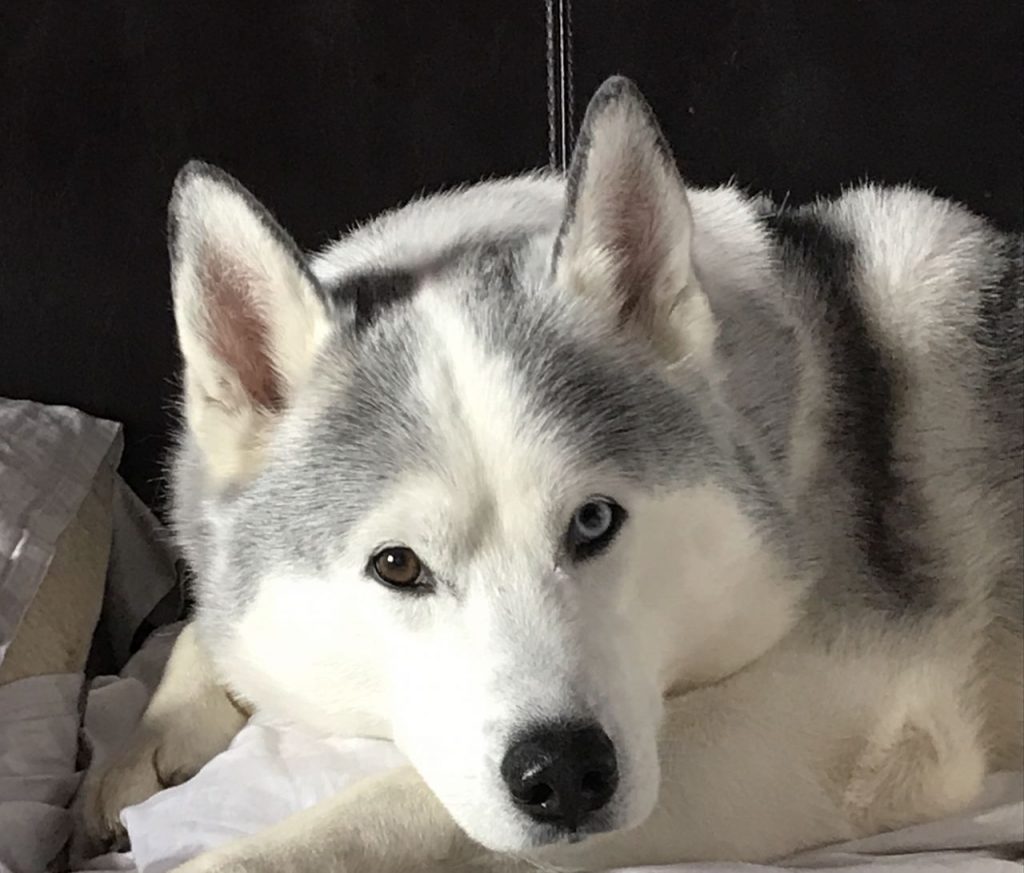
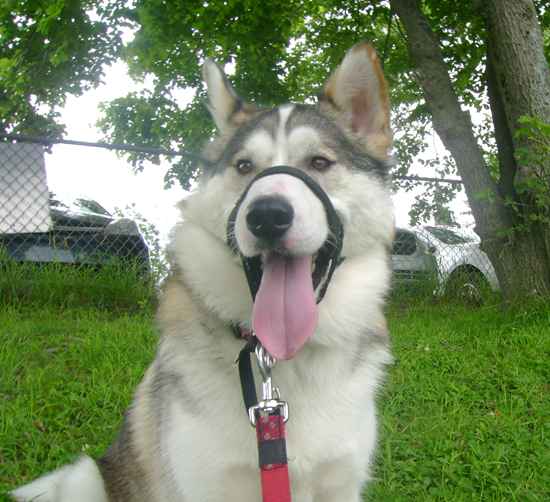
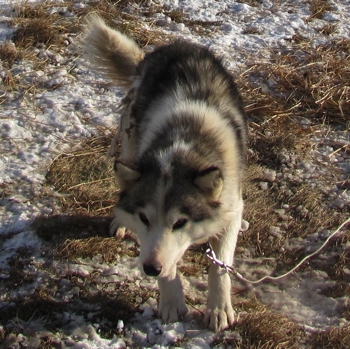
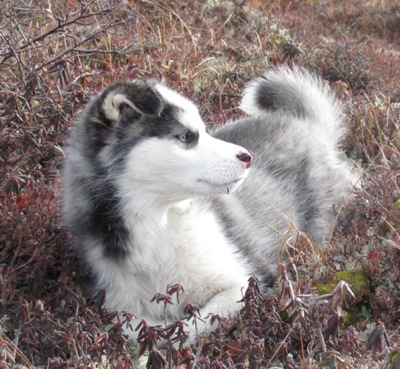
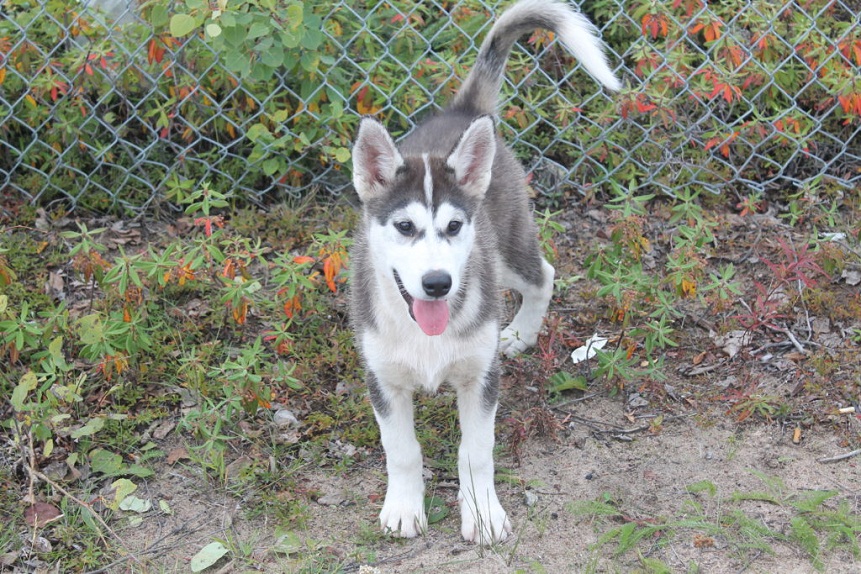
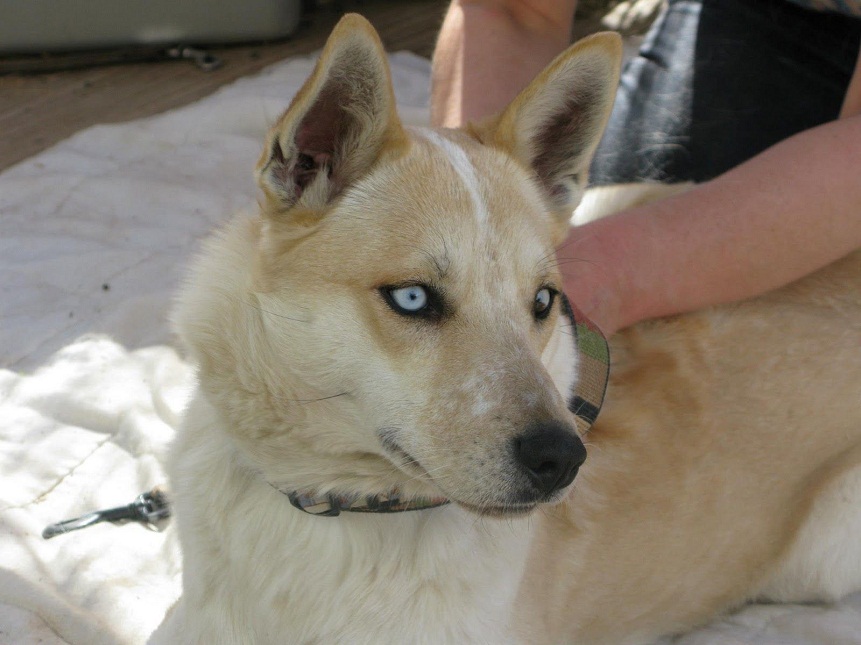
Quick Information
| Coat | Thick, durable double coat…Undercoat: Soft, thick and dense; Outer coat: Long |
| Color | Solid black, solid white, red and white, black and white, grey and white |
| Breed type | Purebred |
| Lifespan | 10 to 13 years |
| Size | Big |
| Height | 20 to 28 inches |
| Weight | 60 to 100 lbs |
| Litter size | 3 to 5 puppies |
| Behavioral traits | Friendly,loyal, intelligent, and loving |
| Good with children | Yes |
| Barking tendency | Moderately low but howls |
| Climate compatibility | Cannot withstand cold temperatures |
| Shedding | Excessive |
| Hypoallergenic | Unknown |
| Competitive Registration Qualification/ Information | DRA (Dog Registry of America, Inc.); However it is still unrecognized by the AKC |
| Country | Canada (Newfoundland and Labrador) |
History
The Labrador Husky has its origination in the Labrador and Newfoundland region of the Canadian province. The Thule people of the prehistoric times brought the Labrador Husky to this region during 1300 AD. These dogs had a close connection with several Northern Husky breeds such as the Siberian Husky, however, since the time they were brought to Labrador, they were developed in isolation from all other breeds. The Labrador Husky were said to be bred with wolves though they cannot be regarded as wolf dogs, though they possess wolf-like features. In spite of being bred in isolation, the Alaskan Malamute was introduced in the breeding process by the Labradorean people for the purpose of improving their sledding skills. The German Shepherd was a part of the breeding programme too, the intention being to make it more trainable. Before the invention of snowmobiles they functioned as efficient sled dogs, and at present are often used in rescue operations for detecting and saving people who are lost. This breed however is yet to be recognized by the AKC and other major kennel clubs.
Temperament and Personality
They are mostly similar to the Siberian Husky, Canadian Eskimo Dog, Alaskan Malamute and Alaskan Husky in terms of temperament. They are great family dogs, known for their loyal disposition and would do well with children particularly if brought up with them.
These dogs enjoy human company and would get destructive when not attended to regularly or left alone for a prolonged period.
Since they had been bred to work in packs, the Labrador Husky forms a good rapport with other canines especially if socialized well, however, owing to their chasing instinct and prey drive, keeping smaller pets in their vicinity would not be safe enough.
They are less anxious towards strangers and would hardly react in their presence, hence not being a good watchdog.
Care
Exercise
These dogs need a lot of mental stimulation and are required to be exercised on a regular basis to keep them physically as well as mentally channelized. Taking them out on a regular walk or jog alongside sufficient playtime would help these dogs maintain a good mind and body.
Grooming
Since they shed excessively, these dogs have high grooming needs. Brush them at least twice in a week and regularly during the shedding season with a brush having thick bristles. Bathe them when they get dirty. Other hygiene needs like brushing their teeth, cleaning their eyes and ears as well as trimming their nails should even be implemented to keep all infections at bay.
Health Problems
They have common health issues like that of the Siberian Husky such as hip dysplasia, gastric dilation volvulus, arthritis heart ailments, epilepsy, laryngeal paralysis and a host of eye problems like cataract, and degenerative myelopathy.
Training
These gentle dogs are easy to train but need a firm taskmaster to handle them tactfully.
Socialization: Though sociable the Labrador Husky puppies need to be exposed to several kinds of experiences, the good and the bad, so that they may be able to differentiate the pleasant from the unpleasant and not be friendly to every unfamiliar face entering their home.
Obedience:Since they have a chasing instinct, training them in commands like “No”, “Stay” and “Stop”would help in keeping their behavior under control.
Feeding
The Labrador Husky needs to be fed with a good quality of dry dog food devoid of any additional coloring, dyes, and preservatives. You could even include homemade food in measured amounts, though consult your veterinarian in this regard.





